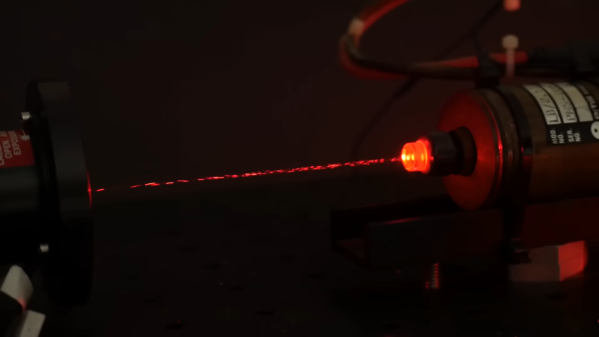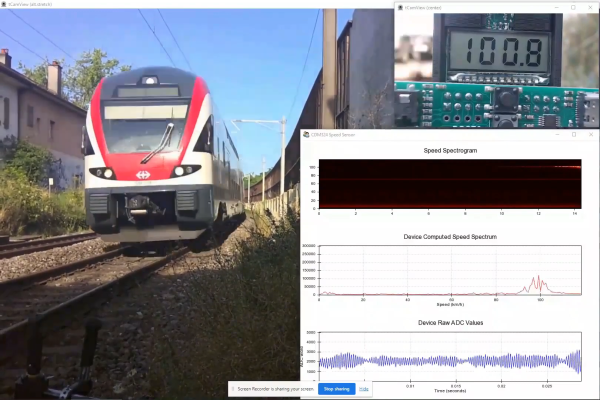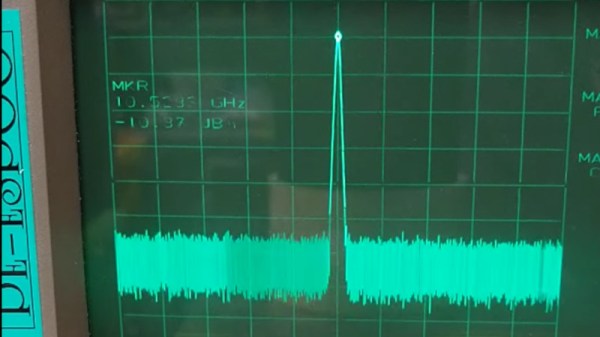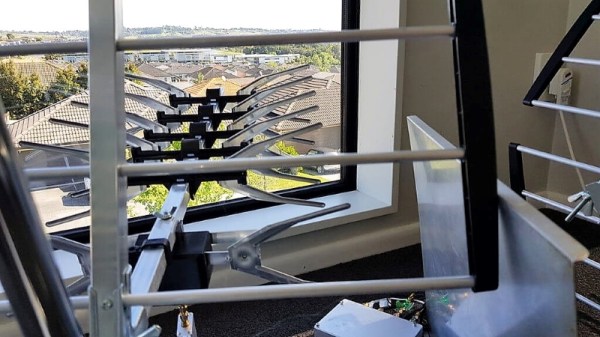Modern musicians may take for granted that a wide array of musical instruments can either be easily connected to a computer or modeled entirely in one, allowing for all kinds of nuanced ways of creating unique sounds and vivid pieces of music without much hardware expense. Not so in the 1930s. Musicians of the time often had to go to great lengths to generate new types of sounds, and one of the most famous of these was the Leslie speaker, known for its unique tremolo and vibrato. Original Leslies could cost thousands now, though, so [Levi Graves] built a modern recreation.
The Leslie speaker itself got its characteristic sound by using two speakers. The top treble speaker was connected to a pair of horns (only one of which produced sound, the other was used for a counterweight) on a rotating platform. The second speaker in the bottom part of the cabinet faced a rotating drum. Both the horns and drum were rotated at a speed chosen by the musician and leading to its unique sound. [Levi] is actually using an original Leslie drum for his recreation but the sound is coming out of a 100-watt “mystery” speaker, with everything packaged neatly into a speaker enclosure. He’s using a single-speed Leslie motor but with a custom-built foot switch can employ more fine-tuned control over the speed that the drum rotates.
Even though modern technology allows us to recreate sounds like this, often the physical manipulation of soundwaves like this created a unique feeling of sound that can’t be replicated in any other way. That’s part of what’s driven the popularity of these speakers throughout the decades, as well as the Hammond organs they’re often paired with. The tone generators on these organs themselves are yet another example of physical hardware providing a unique, classic sound not easily replicated.
Continue reading “A Modern Version Of Famous, Classic Speaker”

















